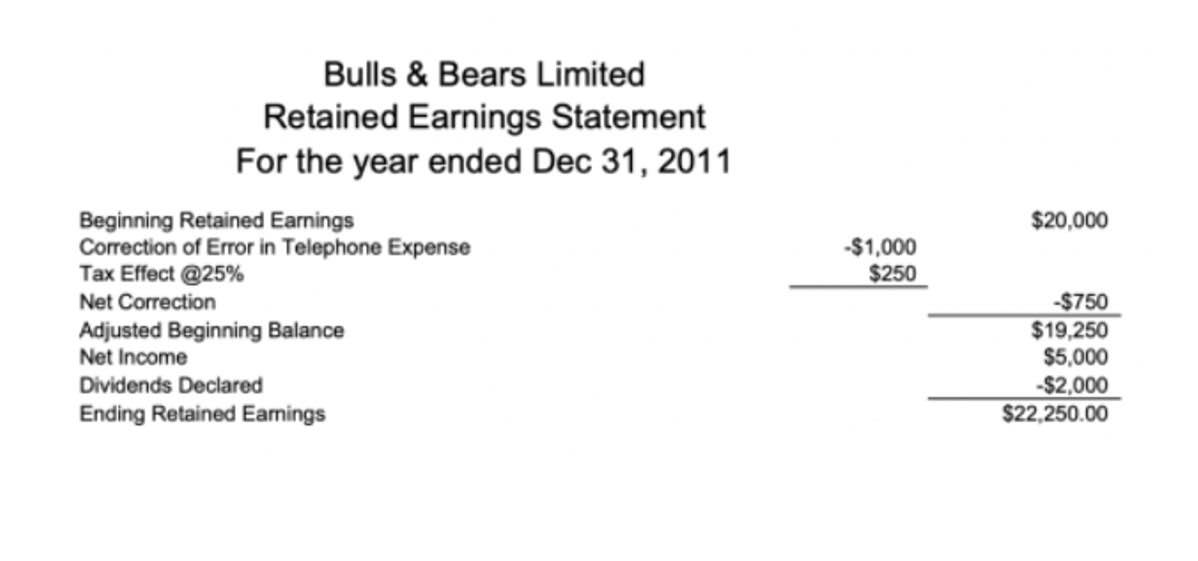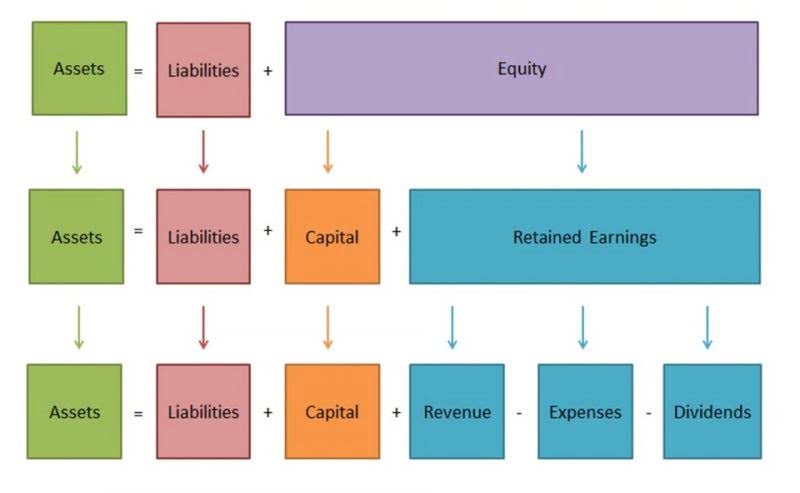
This feature is particularly beneficial for organizations where financial management involves multiple stakeholders who need access on the go. Nonprofits present a Statement of Financial Position, similar to a balance sheet, showing assets and liabilities. These net assets are further classified based on donor restrictions, providing a clear picture of what funds can be used for.
If I qualify for tax-exempt status, do I still have to pay some taxes?

That may make candidates feel some anxiety because there are a few fundamental concepts that are different than financial accounting. If you are one of those candidates, don’t worry; they are simpler than you think. When explicit prices https://www.bookstime.com/ are not charged for output, as is common in the government and nonprofit sectors, buyers’ valuations of the outputs are not available. W is observable and provides a basis for imputing a value, at the margin, to volunteer time.
Lessons Learned from Adoption of Topic 606, Revenue Recognition

These output measures typically relied on quantity indicators of one sort or another (Fisk and Forte, 1997). Work to measure government output for the United States is currently under way at the BEA (see Fraumeni et al., 2004); the goal of this work is monetary valuations. Applying the replacement cost method for valuing volunteer labor requires the identification of employment categories from which paid replacements could be drawn. In the past, this commonly has been done using very blunt wage information—e.g., the average hourly wage rate in the economy.
Statement of Financial Position
- The absence of a bottom line is considered a sufficient criterion to lump together two sectors that are, in fact, quite different.
- Additional data sources are used to fill gaps for labor, political, religious, and educational organizations.
- The observed market prices would probably overstate the recipient’s willingness (and ability) to pay.
- Unfortunately, until companion legislation that modifies existing IRS statutes is passed to allow the Census Bureau to share information based on tax records with other statistical agencies, much useful work will be stalled.
- Join us as we explore three major differences between government and nonprofit accounting, shedding light on the specific standards, practices, and principles that set them apart.
This organization also states that the board and management stand behind these financial statements and they include pictures of their Board Chairperson and Chief Executive Officer. CAFRs often present financial information for individual funds (or at least significant funds) as well as governmentwide financial statements that show the position of the government as a whole. Governments use modified accrual accounting for their statements and include reconciliations explaining how they made the switch from cash-basis accounting (typically used throughout the year) to the modified accrual basis they report in. While many investors have at least some understanding of typical financial statements like the balance sheet, income statement and cash flow statement, governmental and nonprofit financial statements may be significantly less familiar. One of the primary distinctions between government and nonprofit accounting lies in the governing bodies that set their respective financial reporting standards. The budget of the federal government alone runs into the trillions of dollars.
Introduction to the AOS special issue on management control as system or package
Once you’ve got your bookkeeping system setup and have started generating financial statements, the final piece of the nonprofit accounting puzzle is getting your tax obligations straight. After your review of a NBO’s financial statements, it is essential to determine whether you feel that the organization is treating your money prudently. If you find a nonprofit organization with exorbitant operating expenses, don’t give government and nonprofit accounting it your money. In the case of government, hold your politicians and governmental employees responsible for their actions. Unlock the full potential of your nonprofit organization with our professional accounting software training team from Capital Business Solutions. Our tailored training programs are designed to enhance your financial management, improve efficiency, and ensure compliance with GAAP for nonprofits.
Handling and reporting income.
Save the Children’s annual report clearly states that an independent source audited their financial statements (starting from page 64). Once again, this statement will show transparency and build trust with their donors. The statement of functional expenses gives donors more details on how the organization spends funds. Most nonprofits share these statements to be entirely transparent with their donors; often using these statements in their annual or impact reports.
- It is easy to see why accounting for activity in the nonprofit sector is important and how it might be improved.
- Categorization by industry has proven useful, as has the consumption and investment delineation and the separate presentation of information for government and private entities.
- Because they are not out to make a profit, fund accounting provides the best accounting system for most nonprofit organizations.
- Most organizations exempt from income tax under section 501 are still required to file Form 990 (or Form 990EZ, if they qualify), which discloses your nonprofit’s revenues, expenses and changes to net assets to the public.
- As a long-term goal, a satellite account could be expanded to cover volunteer activity more broadly.
A more targeted and useful approach would use the wage earned by workers who are hired to supply a similar kind of labor (e.g., using the wage of paid teacher aides to value the time of classroom volunteers). For volunteers who donate services that they also sell in commercial markets—such as accountants and lawyers who provide pro bono hours—these individuals’ market wage rates might be a reasonable estimate of the relevant replacement cost. This comprehensive, up-to-date textbook covers state and local government, federal government, and not-for-profit organization accounting, financial reporting, and auditing, and prepares students well for real-world practice. The 11th edition emphasizes that what students learn in the accounting classroom should correlate highly with what they must understand and apply on the CPA exam and as professional accountants. Its updated content reflects recent changes that have had significant impact on the world of accounting today.

Unlike a for-profit company, if a government finds itself operating at a large surplus (profit), it will usually take steps to lower the tax burden for its residents. Interestingly, paying a wage of zero gives the “employer” an implicit exemption from minimum wage requirements. Research Council, 1998, p. 2) What is the return on capital investment by the government? Do government enterprises—such as utilities, airports, transit services, schools, and hospitals—operate efficiently?
